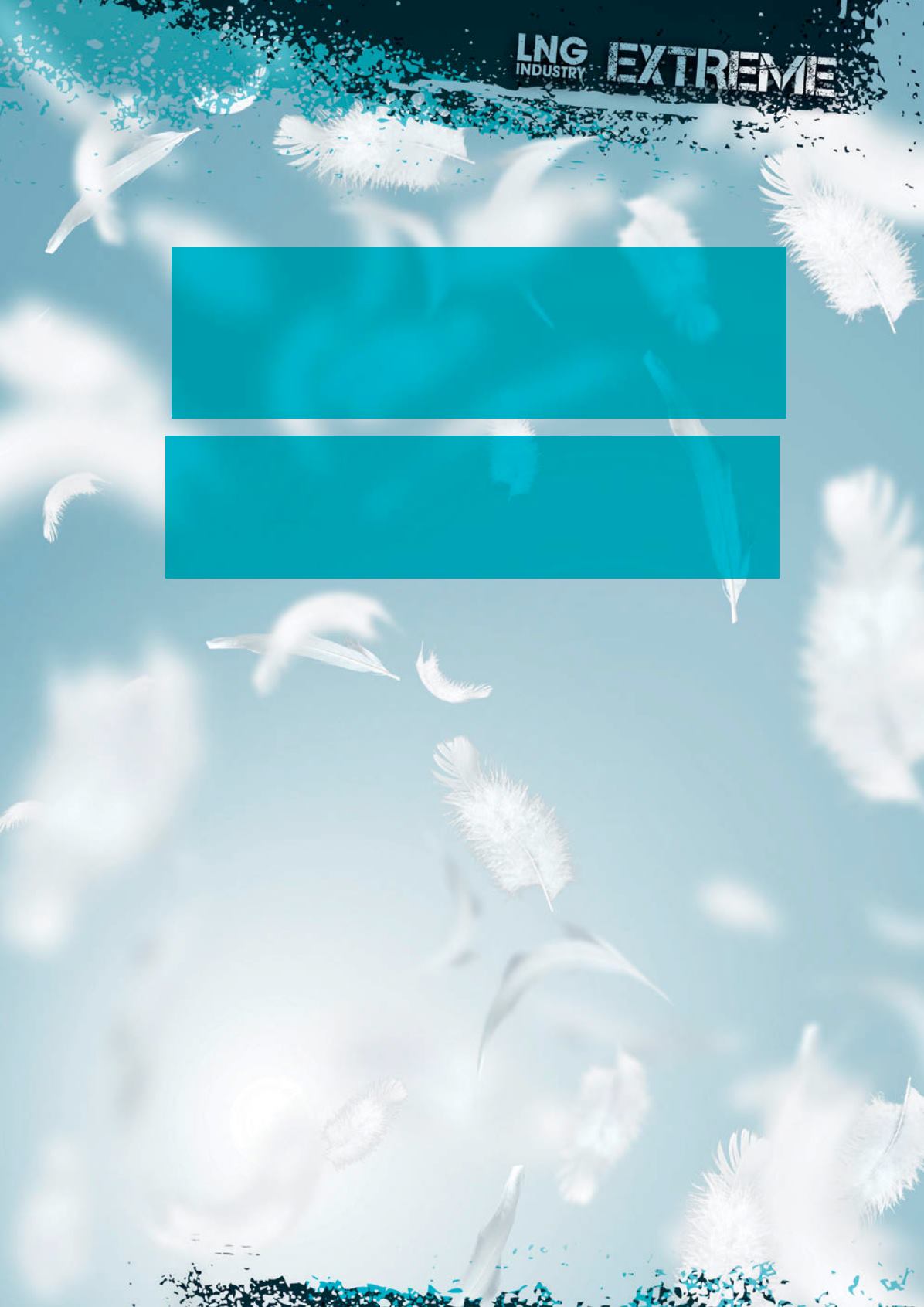
53
O
ften located next to the ocean, LNG compressor
trains face a particularly hostile operating
environment. They are powered by gas turbines,
which consume vast quantities of salt-laden air. Such
contaminants can damage the compressor and hot gas
path of the turbine.
Along with salt particles and dissolved solids, dust,
insects, hydrocarbons, rain and a host of other undesirables
can potentially be swept into a turbine inlet. Once within,
particulates can adhere to compressor stage surfaces or
erode them, diminishing aerodynamic performance.
Furthermore, highly corrosive compounds can be formed in
the high temperature innards of a gas turbine, and can
effectively destroy critical components in a matter of
months.
The natural solution is, of course, effective air filtration.
However, standard original equipment manufacturer
(OEM) specifications are typically not sufficiently rigorous
for seaboard LNG compressor applications.
Recognising the challenge of LNG
compressor trains
It would be wrong to suggest that OEM turbine suppliers
consider air inlet filtration as an afterthought, but perhaps
realistic to note that it is not their core business. Indeed,
specifying relatively basic filtration equipment adequate
for a plant located inland is going to be suitable and
cost-effective for the majority of their customers. As
a consequence, however, OEM specified standard
filtration can fall short of requirements in certain extreme
applications.
For LNG compressor train applications, the challenge is
two-fold: the harsh environment found in coastal LNG
compressor applications, and the extraordinarily high value
of production and extreme premium on reliability.
While reliability is a clear concern in the power
generation sector, margins are relatively low. In the UK,
for example, it currently stands at approximately
US$4.5/MWh. As a result, though not desirable, lost
production is a relatively benign occurrence. In the oil
and gas pipeline business, the higher value of lost
production at perhaps US$50/MWh makes this a more
sensitive issue. LNG is compressed to approximately
1/600
th
the volume of typical pipeline gas though,
making the product at least 600 times more valuable per
cubic foot.
The power sector is, therefore, a world apart from LNG
sites, which can produce up to 15 million tpy per site at a
price of US$7/1000 ft
3
– US$15/1000 ft³. At current prices,
that is a selling price of approximately US$22 million/d,
365 days per year. Profit margins based on liquefaction
itself can be between US$100/MWh and US$150/MWh.
CLEAR
THE AIR
Joshua Kohn, Camfil Power Systems, Canada, explains how
effective air filtration can help to improve efficiencies and
lower costs in extreme LNG operating environments.


